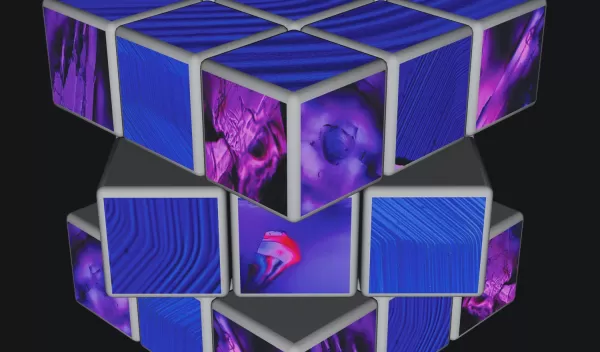
Purple Haze
More than 2,000 years ago, craftsmen in China created a fiery-violet pigment from barium-copper silicates that historians now call Han purple. Once prized by artisans for painting such icons as the Xi'an terra cotta warriors, the pigment is now finding new fans in the world of physics and may help guide future research into high-temperature superconductivity, quantum computers and other materials at the forefront of technological research.
Using extremely strong magnetic fields--800,000 times that of the Earth's--and temperatures close to absolute zero, researchers converted Han purple into an unusual state called a Bose-Einstein condensate. In this state, individual electrons within the pigment's atoms arrange themselves so their "spins" form a single, magnetic structure with three dimensions.
Further, the researchers discovered that when the Han purple condensate cools to temperatures even closer to absolute zero, the magnetic structure loses a dimension--each layer of atoms loses its influence over adjacent layers above or below it--and the substance begins to act like a flat, 2-dimensional magnet. This is the first time scientists have seen this behavior, and they believe it occurs because the atom layers that make up the pigment are offset.
NSF CAREER awardee Ian Fisher and his student Suchitra Sebastian from Stanford University, scientists Neil Harrison, Marcelo Jaime, Cristian Batista, Luis Balicas and Peter Sharma at the NSF-supported National High Magnetic Field Laboratory at Los Alamos National Laboratory and Florida State University and Naoki Kawashima at the University of Tokyo reported the findings in the June 1, 2006 issue of Nature.
NSF's Division of Materials Research, part of the Mathematics and Physical Sciences Directorate, supported the researchers through the following awards: CAREER: New Materials in Condensed Matter Physics - The Case of Quasicrystals and National High Magnetic Field Laboratory.
-- Josh Chamot
